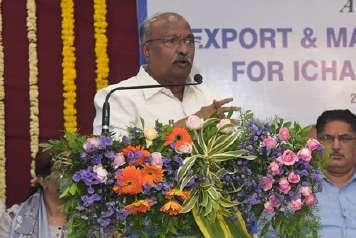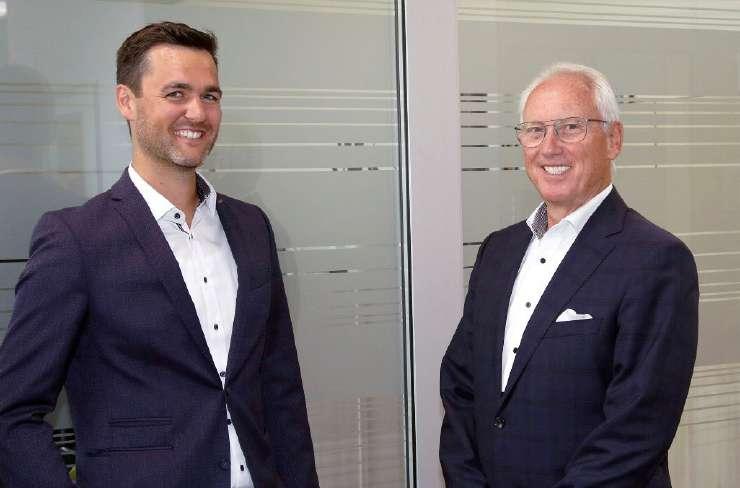30
INTERVIEW
HOW SPINNING AND RECYCLING GO TOGETHER AT BB ENGINEERING
Matthias Schmitz, Head of Engineering
Dr Klaus Schäfer, Managing Director of
Recycling Tech-nology
BB Engineering GmbH
As a medium-sized German machine construction business, BB Engineering has been manufacturing components and systems for synthetic fiber and film production for more than 20 years. For several years now, the company has been concentrating on recycling system development work. We discussed just how the seemingly different business units interact and how the recycling business profits from the existing extrusion and spinning systems knowhow with Dr Klaus Schäfer, Managing Director, and Mr Matthias Schmitz, Head of Engineering Recycling Technology.
mers into synthetic fibers, but also into films and on developing and distributing other products. Soon, our portfolio was complemented by our own compact spinning system – in the form of the VarioFil. Our extruder and filters have also been used for rPET for many years now. We first supplied components for rPET back in 2005. For these reasons, PET recycling was not something completely new to us. In 2012, we unveiled the VarioFil type ‘R’, which also spins rPET granulate into high-end yarn. And, in 2016, we went a step further with the type ‘R+’: the direct processing of bottle flakes using our compact spinning system – in other words, recycling and spinning in a single step. The background to this was to dispense with the intermediate step of producing the granulate, hence saving lots of energy and cutting conversion costs, and to create high-quality POY from bottle flakes.
Dr Schäfer, BB Engineering has its origins in the manufac-ture of extrusion and filtration systems for synthetic fiber spinning equipment. How did you come to open a new business unit dedicated to PET recycling? Dr Klaus Schäfer: You are fundamentally right. Our original business was, and remains, focused on components such as extruders and fil-ters for processing the most diverse poly-
OCTOBER 2021
What potential benefits do you see in the recycling of synthetic fibers? Dr Klaus Schäfer: Apart from the social
responsibility of acting in a resourceand environmentally-friendly manner, we believe that recy-cling fibers presents our customers with considerable com-mercial opportunities. Firstly, there is production waste. De-spite spinning technology becoming ever better, there is al-ways waste in the form of B-quality goods, caused by over-production and during start-up and retooling. Instead of simply disposing of this – in view of constantly rising prices for raw materials and decreasing availability – nevertheless val-uable material, it is far more economical to process it and re-turn it to the production process. Yarn manufacturers can not only cut costs, they also become more autonomous. Fur-thermore, general developments, such as increasing popula-tion densities and fast fashion, are creating ever greater de-mand for polyester and polyester fibers. Here, many major textiles manufacturers have set themselves ambitious tar-gets with regards to the utilization of recycled fibers. So, you can now see that the potential benefits of fiber recycling are tremendous. So, VarioFil R/R+ was a huge milestone for BB Engineer-ing. You are now expanding your portfolio with the VacuFil. What exactly is the VacuFil and how does this system dif-fer from the VarioFil R/R+? Matthias Schmitz: The starting point for the VacuFil was the aim of offering our clientèle a zero-waste spinning system with which they can reutilize their own production waste. Very much in line with the circular economy. The VacuFil recycles this waste. The VarioFil then spins the processed material. Whereby the VacuFil stands on its own, of course, and can also be combined with a granulation process and other further pro-cessing procedures. Equally, starting materials other than spinning waste can be processed as well – such as bottle waste, trays, films, etc.



















